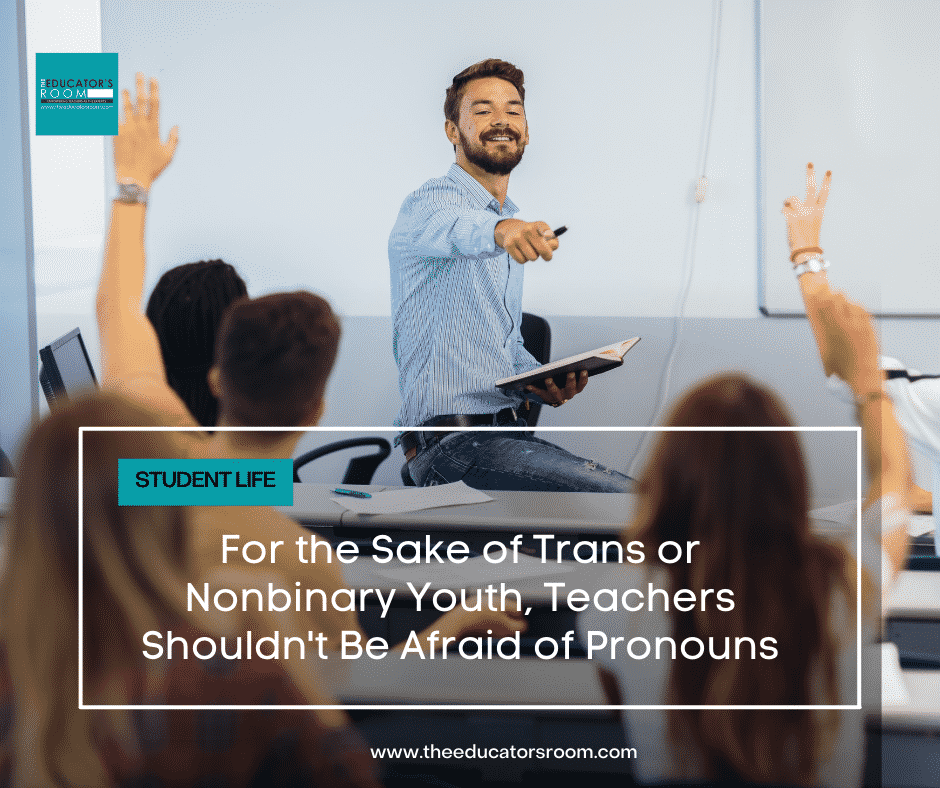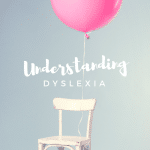As teachers, we know that we accomplish more in the classroom when the basic needs of our students are fulfilled. When students have slept, eaten, and arrived with a baseline of contentment, they are much more likely to engage with the day’s lessons. Feeling safe and accepted can further accelerate engagement-especially for trans or nonbinary youth.
Learning and engagement are essential, but most people have personally felt the more extensive reach that even one teacher can have, and our transgender students need our vocal support. Studies suggest that simply using a student’s preferred gender pronoun (PGP) can reduce the risk of suicide for trans or nonbinary youth by creating a more inclusive and accepting space, which they may not have outside of school.
The Research
According to the 2021 annual survey by the Trevor Project, more than 2 in 3 transgender and nonbinary youth experienced symptoms of major depressive disorder, which is a far greater rate than their cisgender peers. Research from that same organization, “the world’s largest suicide prevention and crisis intervention organization for LGBTQ young people,” has found that LGBTQ youth who reported having at least one affirming space, including (and perhaps especially schools) had 35% reduced odds of reporting a suicide attempt over the past 12 months.
Transgender | An umbrella term for people whose gender identity and/or expression is different from cultural expectations based on the sex they were assigned at birth.
www.hrc.org
Non-binary | An adjective describing a person who does not identify exclusively as a man or a woman. Non-binary people may identify as being both a man and a woman, somewhere in between, or as falling completely outside these categories.
Cisgender | A term used to describe a person whose gender identity aligns with those typically associated with the sex assigned to them at birth.
Using Preferred Gender Pronouns
Using a student’s PGP helps create the affirming space that leads to a reduction in suicide attempts. A central purpose of education is preparing young people for bright futures, so let’s assume that educators agree that we should make every effort to ensure that our students have futures. Let’s approach our more reluctant coworkers, assuming that they also want to do what’s best for all students. What might help them use PGP’s?
Tell colleagues that discomfort is expected while you learn terms that you aren’t used to or when you refer to a student by a different pronoun or even name than they had when you first met them. Discomfort is okay; mistakes are okay. However, disrespect by intentional and repeated misgendering is not okay. Purposeful misgendering creates negative space for our students and can increase their depression risk. If that’s not compelling, show them how inclusive spaces are suitable for learning.
Resistance in the Classroom
If you find a colleague who is resistant to using a student’s PGP, the one that affirms a person’s identity, ask some thoughtful questions about a teacher’s role. Are you there to teach your content? If so, using a PGP can build rapport and focus classroom time appropriately on the content and not on the issue of a teacher’s refusal to use the PGP. Are you there to develop students to be lifelong learners who can navigate the challenges of an ever-changing world? Great! Learning about and using PGPs is perfect for navigating a dynamic world and modeling lifelong learning.
You may have a colleague who is stuck on how “they” cannot possibly be singular; tell them to study up! The “they” pronoun has been used as singular since the 1300s. Emily Dickinson used it in her letters, and Language Arts teachers worldwide have welcomed this shift. Further, even if it is grammatically uncomfortable, ask a colleague if they will try it to reduce the hostility that underlies an increased suicide rate for trans youth. The stakes are high. The importance of grammar policing pales in comparison to creating a life-affirming, safe space.
Want to dive deeper into how to show up for trans and nonbinary youth? The Trevor Project has an easy-to-download resource, explains terms related to gender identity and expression, and gives us the tools we need to overtly support ALL of the youth in our schools and communities.






